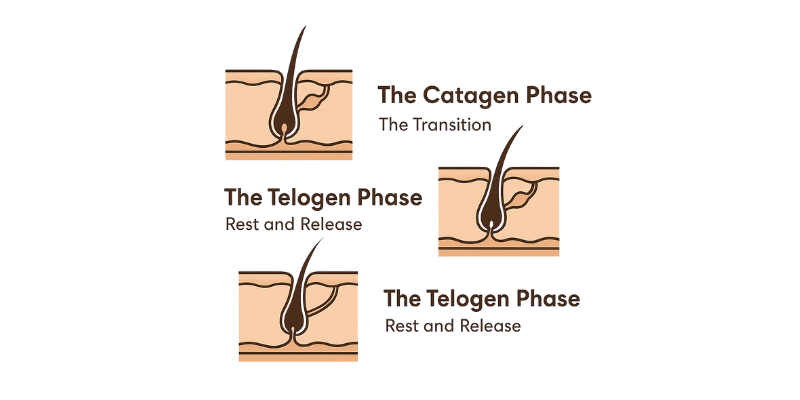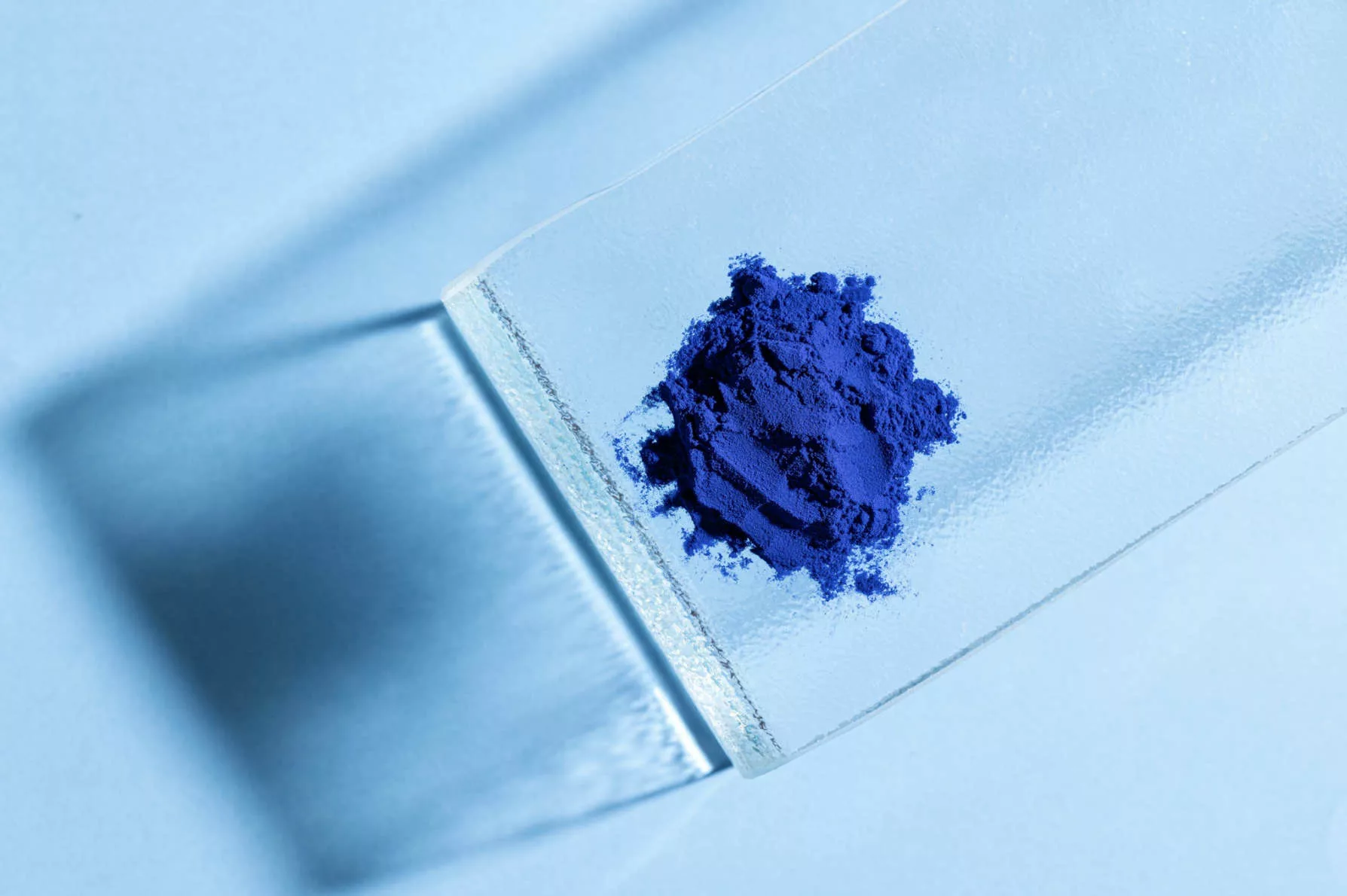
Have you ever wondered why your hair seems to grow at different rates, or why some strands fall out while others thrive? Behind your beautiful locks lies a fascinating biological cycle that determines everything from hair health to growth patterns. At Moremay, we believe that understanding your hair’s natural rhythm is the first step to achieving the vibrant, resilient hair you deserve.
The Three Phases of Hair Life
Your hair doesn’t simply grow continuously until you cut it. Instead, each strand follows a predictable life cycle with three distinct phases:
- The Anagen Phase: Growth in Full Bloom
The anagen phase is where the magic happens. During this active growth period, cells in your hair follicles divide rapidly, creating new hair that pushes up through the skin. This phase typically lasts 3-5 years, though it can extend up to 7 years for some people, explaining why some are able to grow extraordinarily long hair.
What’s fascinating is that approximately 85-90% of your hair is in this growth phase at any given time. The length of your anagen phase is largely determined by genetics, which explains why some people struggle to grow their hair beyond a certain length.
- The Catagen Phase: The Transition
Once the anagen phase ends, your hair enters a brief transitional period known as the catagen phase. Lasting only about 10 days, this phase marks the end of active growth as the hair follicle shrinks and detaches from the dermal papilla (the blood supply that nourishes your hair).
Think of this as your hair’s brief farewell ceremony before it prepares to shed. Only about 1% of your hair is in this phase at any time.
- The Telogen Phase: Rest and Release
The final stage is the telogen or resting phase, lasting about 3 months. During this time, the hair doesn’t grow but remains attached to the follicle while a new hair begins to form beneath it. Eventually, the new hair pushes the old one out, and the cycle begins again.
About 10-15% of your hair is in this resting phase, which is why it’s completely normal to lose 50-100 hairs per day. If you’re noticing significantly more hair loss, it might indicate that an unusually high percentage of your hair has entered the telogen phase simultaneously – a condition known as telogen effluvium.
What Disrupts Your Hair’s Natural Cycle?
Several factors can throw your hair’s natural rhythm off balance:
– Nutritional deficiencies : Lack of essential nutrients like iron, protein, and biotin can shorten the anagen phase
– Stress and trauma : Physical or emotional stress can push more hairs into the telogen phase prematurely
– Hormonal changes : Pregnancy, menopause, or thyroid imbalances can significantly alter your hair cycle
– Chemical treatments : Harsh dyes and heat styling can damage follicles and interrupt normal cycling
– Seasonal changes : Many people experience increased shedding during autumn months
Supporting Your Hair Through Every Phase
Understanding this cycle helps explain why patience is essential when nurturing your hair back to health. New hair growth takes time, and visible results often come months after you’ve started a new hair care regimen.
At Moremay, our Bluegold Essence® collection was formulated with this natural cycle in mind. The key ingredient, spirulina, delivers essential nutrients directly to your hair follicles, supporting healthy transitions between phases:
– Our Reconstructive Shampoo gently cleanses while nourishing follicles to support the anagen phase
– The Reconstructive Hair Mask strengthens hair in the catagen phase to prevent premature shedding
– Our Reconstructive Hair Oil seals and protects hair in all phases, with special benefits for telogen-phase strands
Embrace Your Hair’s Journey
Your hair is constantly evolving, shedding, and renewing itself in a beautiful cycle of transformation. By working with this natural rhythm rather than against it, you can achieve healthier, more resilient hair.
Remember that true hair transformation isn’t an overnight process—it follows your hair’s natural timeline. Be patient, be consistent, and honor your hair’s journey through each phase of its life cycle.
Are you curious about which phase most of your hair is currently in? Share your hair journey with us in the comments below, and let’s explore the fascinating world of hair cycles together.
Love More, Be More





